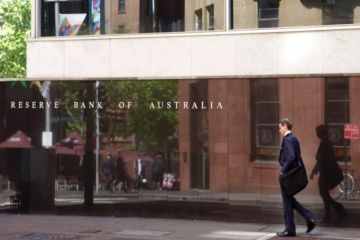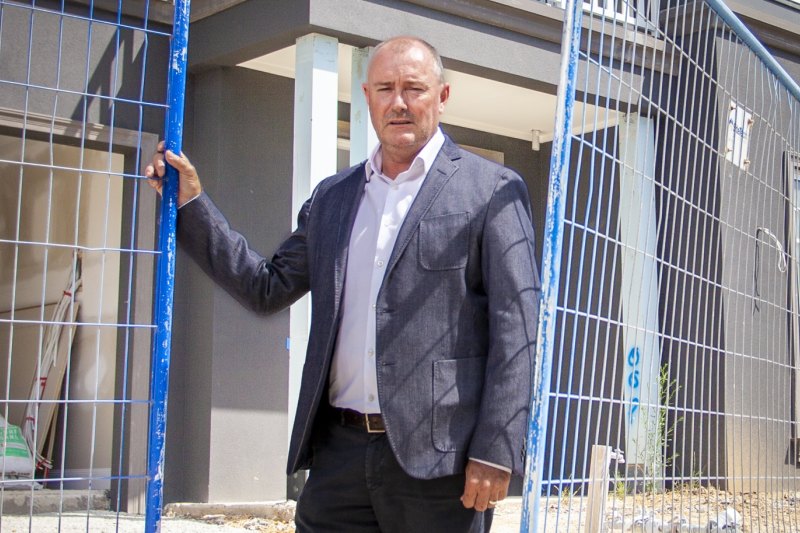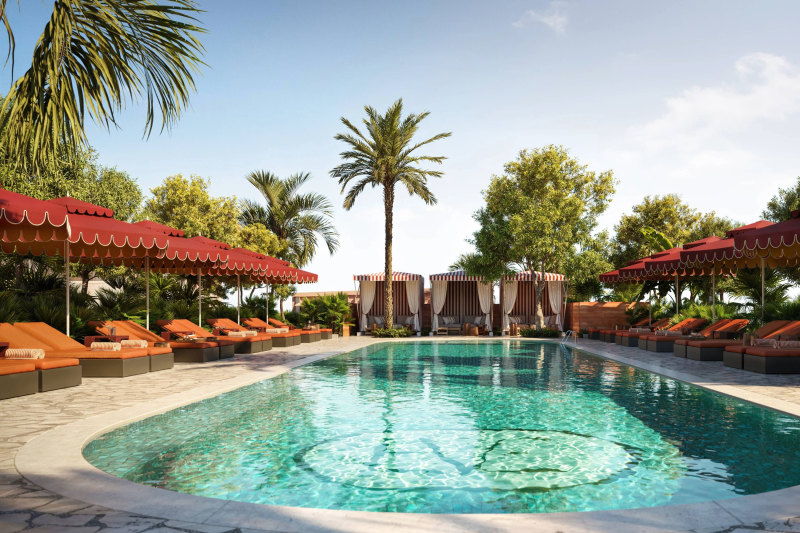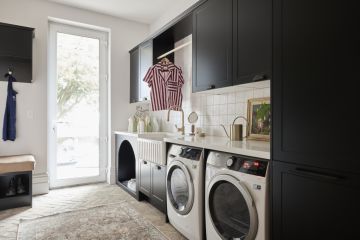Property price growth in Melbourne tipped to slow sharply in 2017
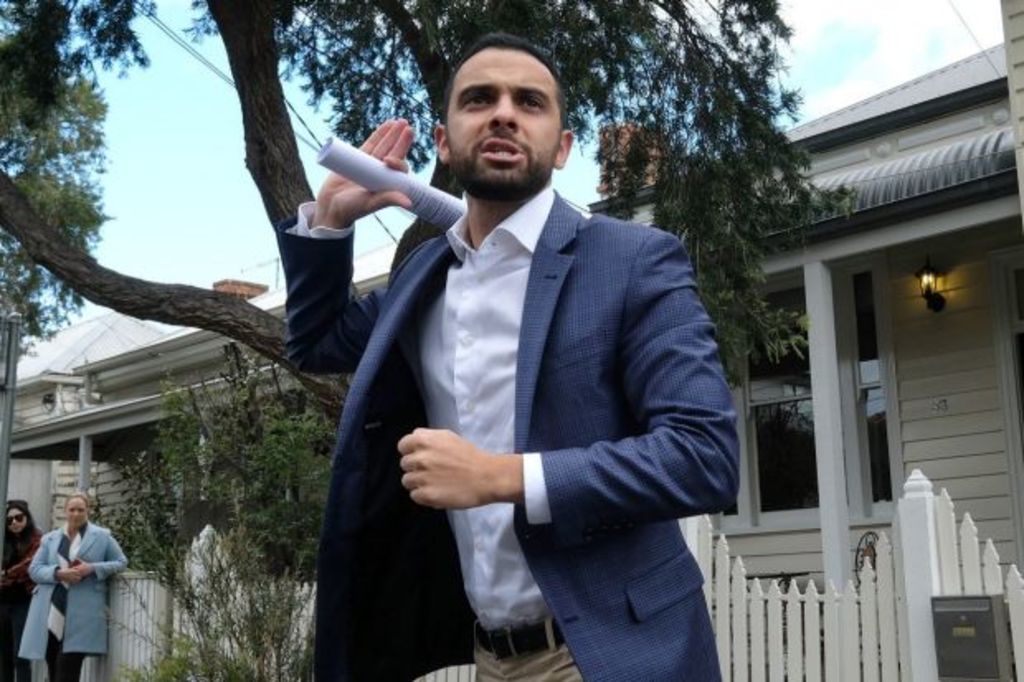
For the second year in a row, Melbourne’s housing market is tipped to slow after years of strong growth.
The median house price in Melbourne rose about 10 per cent this year, but experts predict that will soften to about 5 per cent, at best, next year.
It is more bad news for first home buyers struggling to get a foothold in Melbourne, which has outpaced the rest of Australia for house price growth thanks to strong migration and consistency across the city.
Forecasts for the city’s much-discussed apartment market are more mixed: some experts tip a small price rise, others a fall.
The Domain Group’s state of the market report has forecast a price rise of about 5 per cent for Melbourne house prices and about 3 per cent for units.
“It’s going to be a much slower year for the market, and we’re coming into realisation this economy is now generally struggling,” Domain Group chief economist Andrew Wilson said.
The potential for further house price growth would be constrained by very low income growth — if any, he said.
HSBC chief economist Paul Bloxham said the bank expected house prices would rise by 2 to 4 per cent in 2017, and apartment prices to fall between 0 and 5 per cent.
Noting a fall in the Chinese currency against the Australian dollar, he said that our house prices were becoming more expensive for those buying with Chinese dollars over the past year.
“We think that is going to potentially impinge upon the strong foreign interest we’ve seen in the housing market,” he said.
AMP Capital chief economist Shane Oliver predicted house prices would climb about 4 per cent, and apartment prices to fall 1 or 2 per cent.
Higher interest rates for various borrowers combined with increased supply of apartments would result in a loss of momentum next year, he said.
“Melbourne prices have had huge run over for the last few years … you get the impression that it’s suffering a bit of exhaustion,” he said. “If you cut interest rates, there won’t be that pull of pent-up buyers that was there a few years ago.”
Jellis Craig chief executive Nick Dowling said suburbs such as Fitzroy, Brunswick and Northcote would perform better than average for houses because of their vibrant villages and relative affordability compared with the Boroondara and Stonnington council areas.
Jas Stephens’ Craig Stephens said the inner west still offered value: house-hunters could buy a period house for $900,000 and be seven kilometres from the city.
Spotswood, Kingsville, Footscray and Sunshine had potential for above-average growth, Mr Stephens said, adding that buyers would be looking for homes on slightly larger blocks in those suburbs.
Dr Wilson expects at least 10 per cent annual house price growth next year in the budget markets of Ardeer, Sunshine, Thomastown, Tullamarine and Watsonia.
Paul Osborne, of Secret Agent Buyers’ Advocates, said he would prefer to invest in blue-chip pockets such as Albert Park, Middle Park, East Melbourne, South Yarra, Carlton and Fitzroy.
“There’s very limited supply, there’s a lot of empty-nester/downsizer money coming into the market too,” he said. “They’re selling up from Camberwell, Kew and areas a little bit further out and are moving in.”
We recommend
We thought you might like
States
Capital Cities
Capital Cities - Rentals
Popular Areas
Allhomes
More

